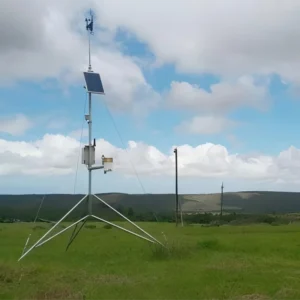# Fiber Optic Cable Patch Cord: Essential Connectivity Solution
## Introduction to Fiber Optic Patch Cords
Fiber optic cable patch cords, often referred to as fiber jumpers or fiber patch cables, are essential components in modern telecommunication and networking systems. These flexible cables with connectors on both ends provide the critical link between optical devices, enabling high-speed data transmission across various applications.
## Key Features and Benefits
Fiber optic patch cords offer several advantages that make them indispensable in today’s digital infrastructure:
- High bandwidth capacity for fast data transfer
- Low signal attenuation over long distances
- Immunity to electromagnetic interference
- Lightweight and flexible design
- Secure data transmission with minimal risk of interception
## Types of Fiber Optic Patch Cords
Single-mode vs. Multimode
The two primary categories of fiber patch cords are single-mode and multimode. Single-mode fibers (SMF) have a smaller core diameter (8-10 microns) and are designed for long-distance communication, while multimode fibers (MMF) with larger cores (50 or 62.5 microns) are better suited for shorter distances within buildings or campuses.
Common Connector Types
Fiber patch cords come with various connector types to suit different applications:
- LC (Lucent Connector) – small form factor
- SC (Subscriber Connector) – push-pull design
- ST (Straight Tip) – bayonet-style coupling
- FC (Ferrule Connector) – screw-on mechanism
- MTP/MPO – multi-fiber connectors for high-density applications
## Applications of Fiber Optic Patch Cords
Fiber optic patch cords find applications in numerous sectors:
Telecommunications
Used in central offices, data centers, and network access points to connect switching equipment and transmission devices.
Data Centers
Essential for interconnecting servers, storage systems, and network switches in high-performance computing environments.
Enterprise Networks
Deployed in office buildings for backbone connections between floors and workgroup switches.
CATV and Broadcasting
Used in cable television networks and broadcast studios for high-quality signal transmission.
## Choosing the Right Patch Cord
When selecting a fiber optic patch cord, consider these factors:
- Fiber type (single-mode or multimode)
- Core size (9/125μm for SMF, 50/125μm or 62.5/125μm for MMF)
- Connector types required at each end
- Cable length needed for the application
- Jacket material (PVC, LSZH, etc.) for environmental requirements
- Polish type (PC, UPC, or APC) for optimal performance
## Installation and Maintenance Best Practices
Proper Handling
Always handle fiber patch cords with care to avoid damaging the delicate glass fibers. Follow these guidelines:
- Never bend the cable beyond its minimum bend radius
- Protect connectors from dust and contamination
- Avoid pulling on the connector strain relief
- Use proper cable management to prevent stress on connections
Cleaning Procedures
Regular cleaning is essential for maintaining optimal performance:
- Use approved fiber optic cleaning tools
- Inspect
Keyword: fiber optic cable patch cord
